In order to assess the potentials and opportunities leading to sustainable production, a national symposium was planned and in order to review the situation, book chapters were invited from leading agroforesters from the country. Considering water as a key resource under rainfed situations and its conservation through agroforestry has been described in the first chapter where use of multipurpose tree is shown to completely checks soil loss and runoff. In second chapter issues, challenges and strategies for water resource conservation are presented. The role of agroforestry in special problem areas like drought and floods has been identified through this paper. In the sequence, the third chapter addresses to the problems of conservation of Himalayan region. The papers imply and illustrate the value of integrating watershed with agroforestry for resource conservation in Himalayas. During the recent years, carbon sequestration has been emphasized to mitigate climate change for which agroforestry as potential tool has been discussed and emphasized in chapter four. Cultivation of fast growing trees with crop on degraded lands has also been identified. These parameters of resource conservation have been described for their role in improving soil fertility in the fifth chapter where the role of tree biomass for fertility enrichment has been clearly illustrated. Chapter six sets the seen for identifying the potential in meeting three objectives, viz., protecting and stabilizing the ecosystem, producing high level of input, providing stable employment and including the income. Chapter seven to twelve are committed to region specific to agroforestry highlighting Himalayas, coastal areas, hot arid regions, rainfed areas, where the potentials and opportunities have been described. Production of coffee and spices is normally tree based and thus as an agroforestry system, it has been discussed in chapter thirteen. Tree breeding and improvement are important input to the agroforestry and have been highlighted in chapter fourteen. Similarly, techniques and methodologies of tree growth modelling to make prediction have been brought out in chapter fifteen. Agroforestry involves ecological interaction between the components. The complementarity and competitive effect and their biophysical aspects have been translated in chapter sixteen and seventeen. Livestock form and important component of agroforestry since they derive food and nourishment from the system. Chapter eighteen and nineteen are addressing these issues. Agroforestry as a tool for social equity, rural prosperity and raw material availability for industry have been brought out through small case lets in chapter twenty-two to twenty four.
Agroforestry: Potentials and Opportunities
$85.50
$95.00
In stock
Free & Quick Delivery Worldwide
All orders amounting to US$ 50 or more qualify for Free Delivery Worldwide. For orders less than US$ 50, we offer Standard Delivery at $14 per book.
ABOUT THE AUTHOR P S Pathak
Dr. P S Pathak after studies at Banaras Hindu University, Varanasi, started his career as a lecture and has 36 years of research experience in the field of Agroforestry, Agrosilvipoastoral systems, Silvipastoral systems, Growth and porduction midelin gof trees, Wasteland reclamation and development, Range management. he served as Assistand Director General (Agro forestry), ICAR, New Delhi from 1996-2000. Dr. Pathak coordinated the TPN-2 network project on agro forestry and soil conservation of CCD of the United Nations where 5 institutes of IAR were involved. He was associated with the development of an IDRC, Canada supported project proposal on Silvipastral System of Production for Development of Degraded lands in Bundelkhand region. He is President RMSI and Portfolio Holder of anumber of scientific societies and fellow of National Institute of Ecology and National Academy of Agricultural Sciences. Dr. Pathak visited 16 countries for attending international meeting, workshops and field trips related to Agroforestry, Multipurpose Trees and Shrubs development, Grassland management, Development oriented research in agricultural and development of degraded lands. He is recipient of ICAR Team Research Award for outstanding research in the area of agricultural sciences in the year 2002. He has almost 265 research publications including 16 books and 2 books authored to his credit. Currently, as Director of Indian Grassland and fodder Research Institue, Jhansi. He is guiding and managing research in the area of forage production and its utilization in the country since July 2000.
reviews
0 in total
Review by Anonymous
Be the first to review “Agroforestry: Potentials and Opportunities” Cancel reply
You must be logged in to post a review.
Bibliographic information
Title
Agroforestry: Potentials and Opportunities
Author
Edition
Reprint.
Publisher
ISBN
8177542001
Length
xii+340p., Tables; Illustrations; 25cm.
Subjects
more by P S Pathak see more
Ecology Today: An Anthology of Contemporary Ecological Research
Ecology has made great ...
$49.40
$52.00
Studies in Indian Agroecosystems
$17.10
$18.00
more by Ram Newaj see more
similar bookssee more
Manorama Yearbook, 2012
$54.00
$60.00

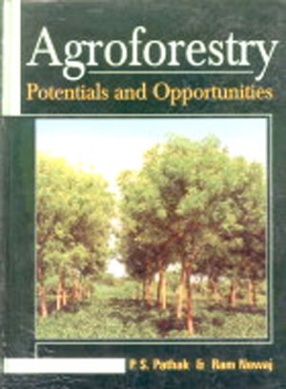
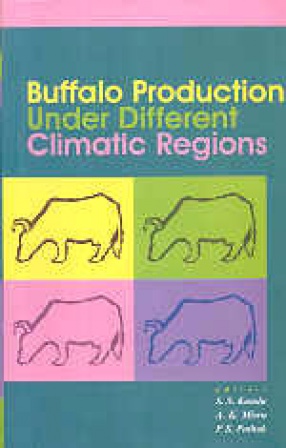

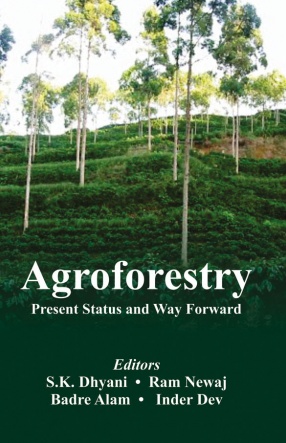
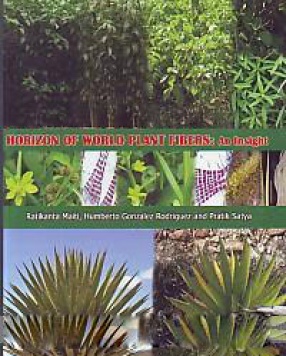
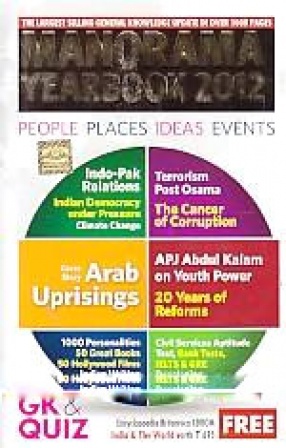
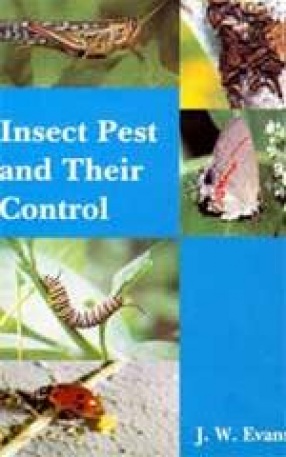
There are no reviews yet.